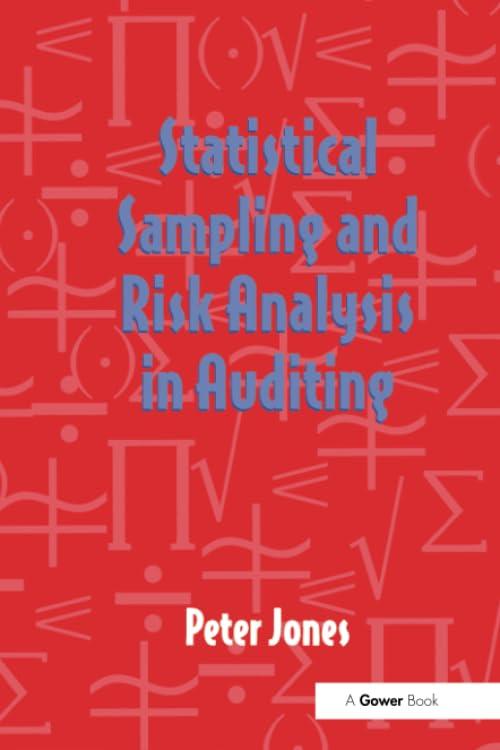




Required: For each of the events (a) through (e), perform transaction analysis and indicate the account, amount, and direction of the effect (+ for increase and for decrease) on the accounting equation. Check that the accounting equation remains in balance after each transaction. (If no impact on accounting equation leave cells blank.) Event Assets Liabilities + Stockholders' Equity a. b. Other current assets Other noncurrent assets C. Retained earnings Short-term investments d. Store fixtures e. Required: For each of the events (a) through (e), perform transaction analysis and indicate the account, amount, and direction of the effect (+ for increase and for decrease) on the accounting equation. Check that the accounting equation remains in balance after each transaction. (If no impact on accounting equation leave cells blank.) Event Assets Liabilities + Stockholders' Equity a. Inventories b. Land C. Long-term investments Note receivable d. Notes payable Other current cate e. Required: For each of the events (a) through (e), perform transaction analysis and indicate the account, amount, and direction of the effect (+ for increase and for decrease) on the accounting equation. Check that the accounting equation remains in balance after each transaction. (If no impact on accounting equation leave cells blank.) Event Assets Liabilities + Stockholders' Equity a. Cash b. Common stock C. Dividends payable Equipment d. Intangibles Tuantavian e. Event Assets Liabilities Stockholders' Equity a. b. Accounts payable Accounts receivable C. Accrued liabilities payable Additional paid-in capital d. Buildings e. E2-4 (Algo) Determining Financial Statement Effects of Several Transactions LO2-3 The following events occurred for Johnson Company: a. Received investment of cash by organizers and distributed to them 1,130 shares of $1 par value common stock with a market price of $10 per share. b. Purchased $8,400 of equipment, paying $1,100 in cash and owing the rest on accounts payable to the manufacturer. c. Borrowed $7,000 cash from a bank. d. Loaned $600 to an employee who signed a note. e. Purchased $22,929 of land; paid $5,000 in cash and signed a note for the balance. Required: For each of the events (a) through (e), perform transaction analysis and indicate the account, amount, and direction of the effect (+ for increase and - for decrease) on the accounting equation. Check that the accounting equation remains in balance after each transaction. (If no impact on accounting equation leave cells blank.) Event Assets Liabilities Stockholders' Equity a. b. C. d. e











